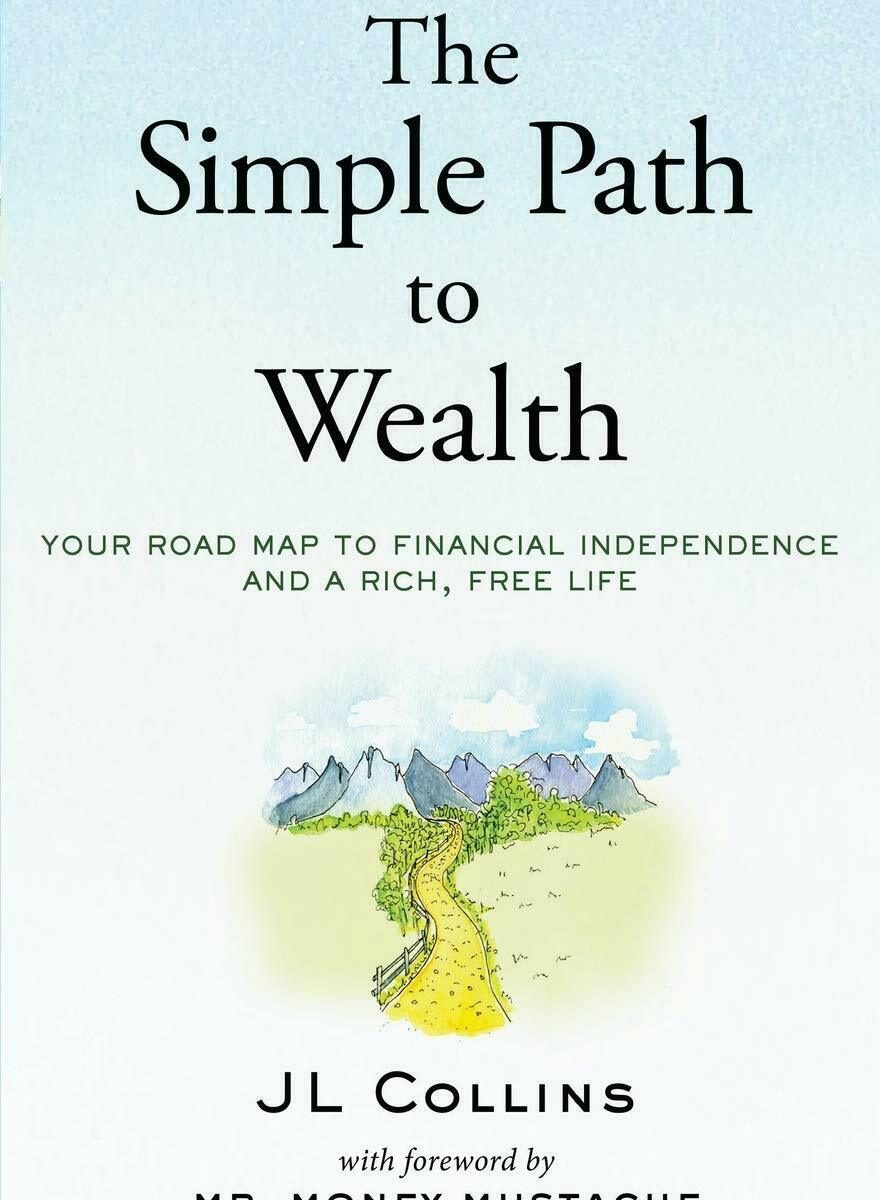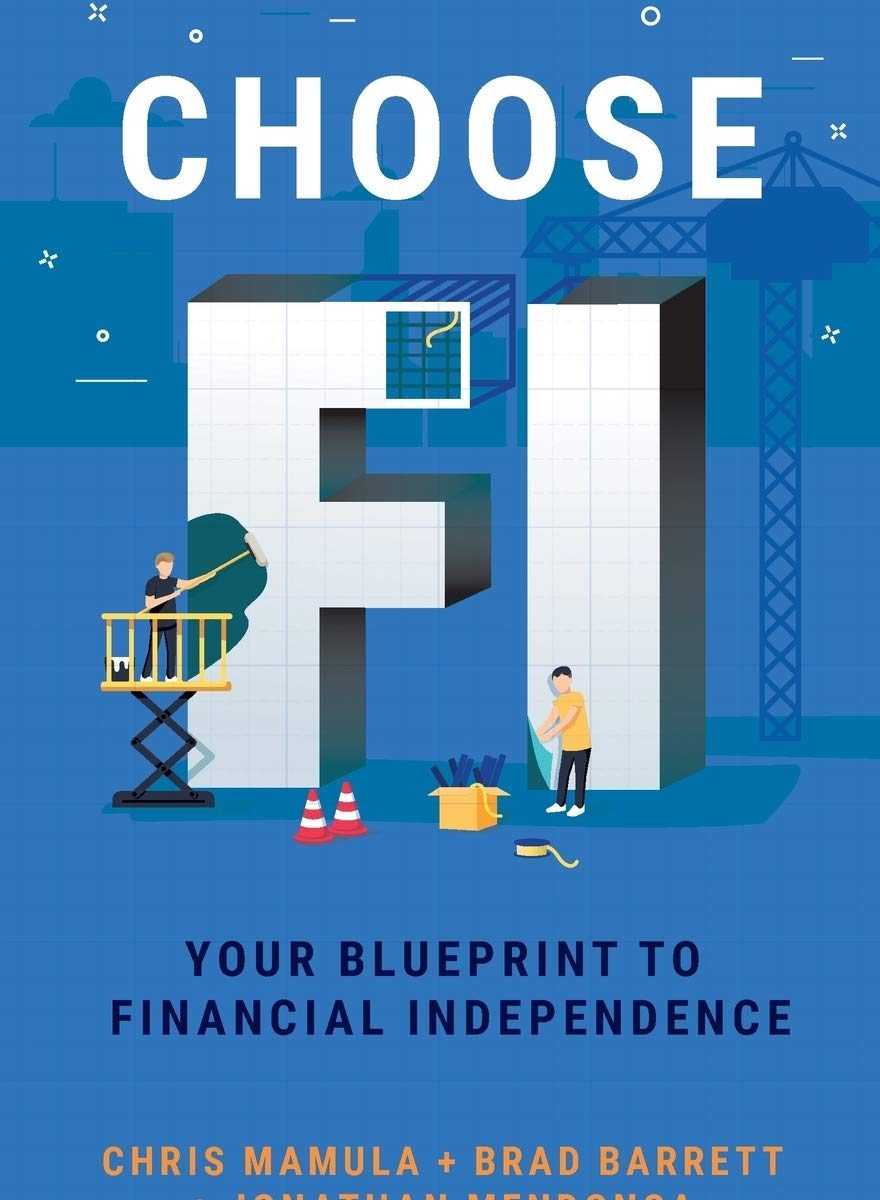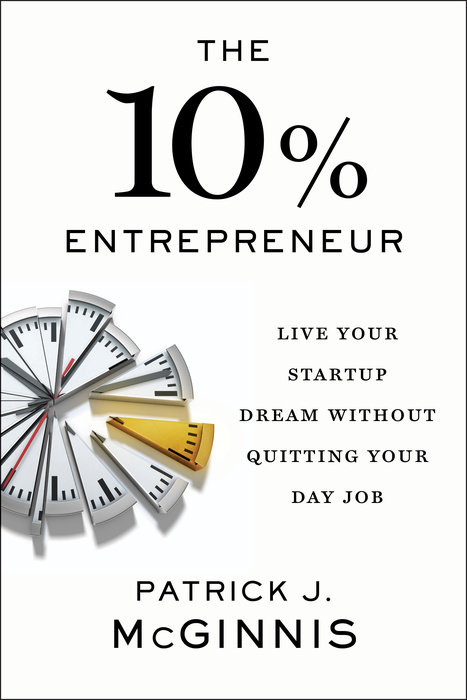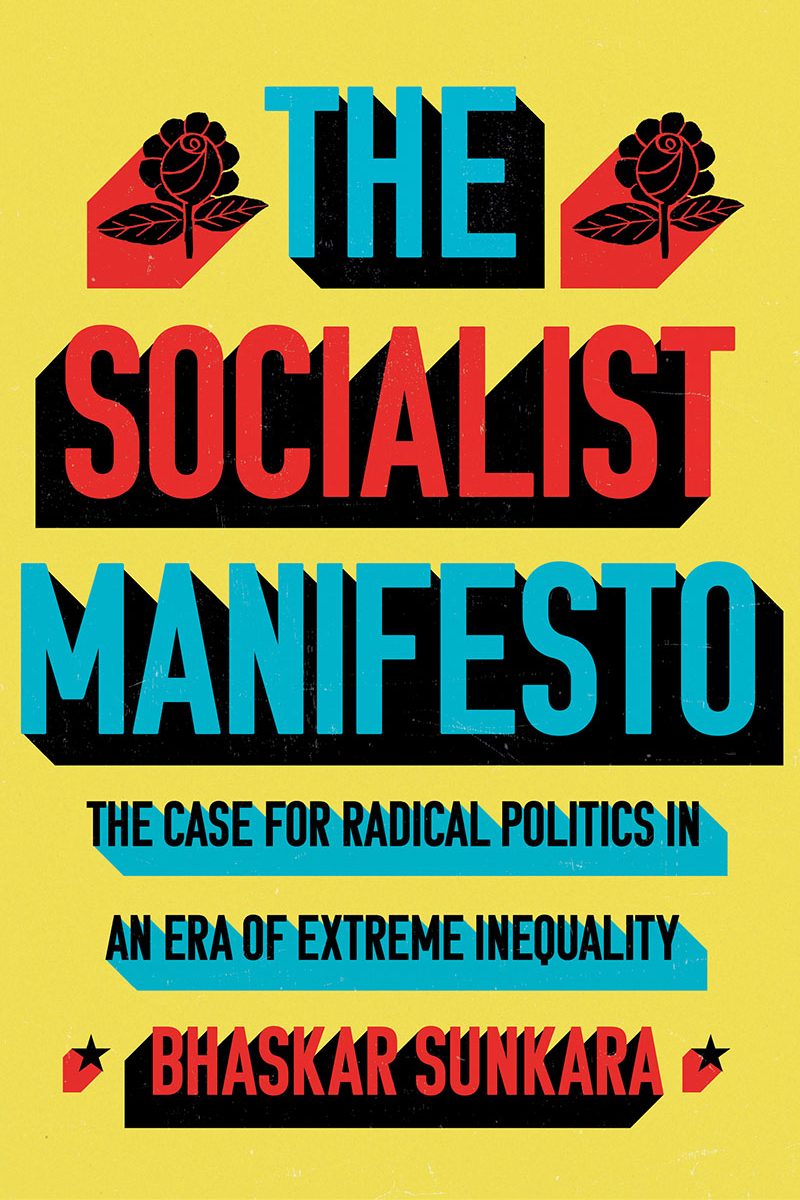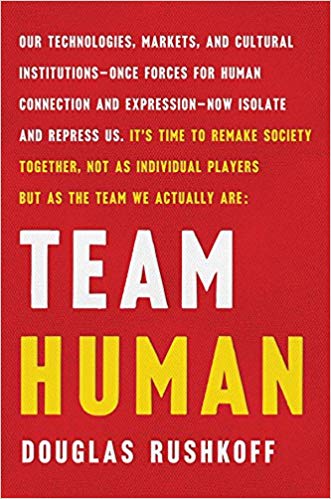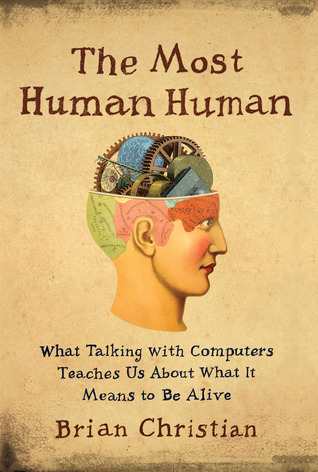I finished a couple of books last night, Yural Navari’s Sapiens, and Kurt Vonneguts Player Piano. There’s also a couple of reports out on the crypto landscape that I’m reading over.
Sapiens didn’t feel all that groundbreaking to me, to be honest. I think that it covered a lot of ground that I was already aware of but as a book for general audiences, I think it’s great. I’ve read Navari’s Twenty Questions before, and I’ve listened to him speak, so I like what he has to say. Writing the entire history of mankind in a five-hundred page book is quite a feat, and I can see why it’s so popular. So much of it has seeped into the collective consciousness since it came out in 2014, much of the Silicon Valley techbro culture has absorbed it. Finishing it was a slog though, it took me several weeks.
That said, I did order the first volume of the graphic novel as a Christmas gift for Elder, if she likes it I suppose I’ll be buying the next four volumes for her when it comes out. Best to get her off on the right foot, I suppose.
I’ll add Homo Deus to my reading list next, after I finish The Fourth Turning. There was a lot of talk about the singularity near the end of Sapiens, which is one of those subject near and dear to my heart, so I’m looking forward to see what Navaria has to say about that.
On the other end of the spectrum is Player Piano, which I found very interesting. I had read Slaughterhouse Five right before this one, and it is downright crazy how prescient Player Piano is. It seems less science fiction than some alternate reality where transistors were never invented. In the story, much of the populace is out of work due to automation. Society is divided into the manager class, responsible for designing and running the factories which produce everything, and the common people, the now non-working class, who are relegated either to either menial public works projects or the army. IQ and aptitude tests determine one’s station in life, and most people are on a sort of universal basic income, where all needs are determined by the machines, down to the type of fiction that gets written and published. The protagonist of the story, one of these managers, becomes disillusioned and involved in a conspiracy to rebel against the machine and return man to a more honorable place among the dignity of work.
I was quite floored by the portrayal in this book. It’s hard to tell just how revolutionary Vonnegut’s ideas were at the time, it seems that he was just making an extrapolation based off of watching an automated miller make airplane props at a GE plant during WWII. Obviously we’re not using punch cards anymore, but it seems like he was spot on in many ways.
Delphi Digital has their Bitcoin Outlook for December 2020 out today. It looks at a market and on chain metrics, trying to get a cyclical sense of where BTC is headed in the coming months. The short of it is that if history repeats itself, we should see a new ATH followed by a large pullback before parabolic runs during the end of next year. Six figures, easy.
And last but not least, Messari Crypto has their Crypto Theses for 2021 out. It’s a whopping 130-page document on everything from bitcoin to ethereum, defi to NFTs. I just started reading though the opening pages on this one, but it’s very, very, well researched. There’s a lot to take in here, and this is a great resource.
